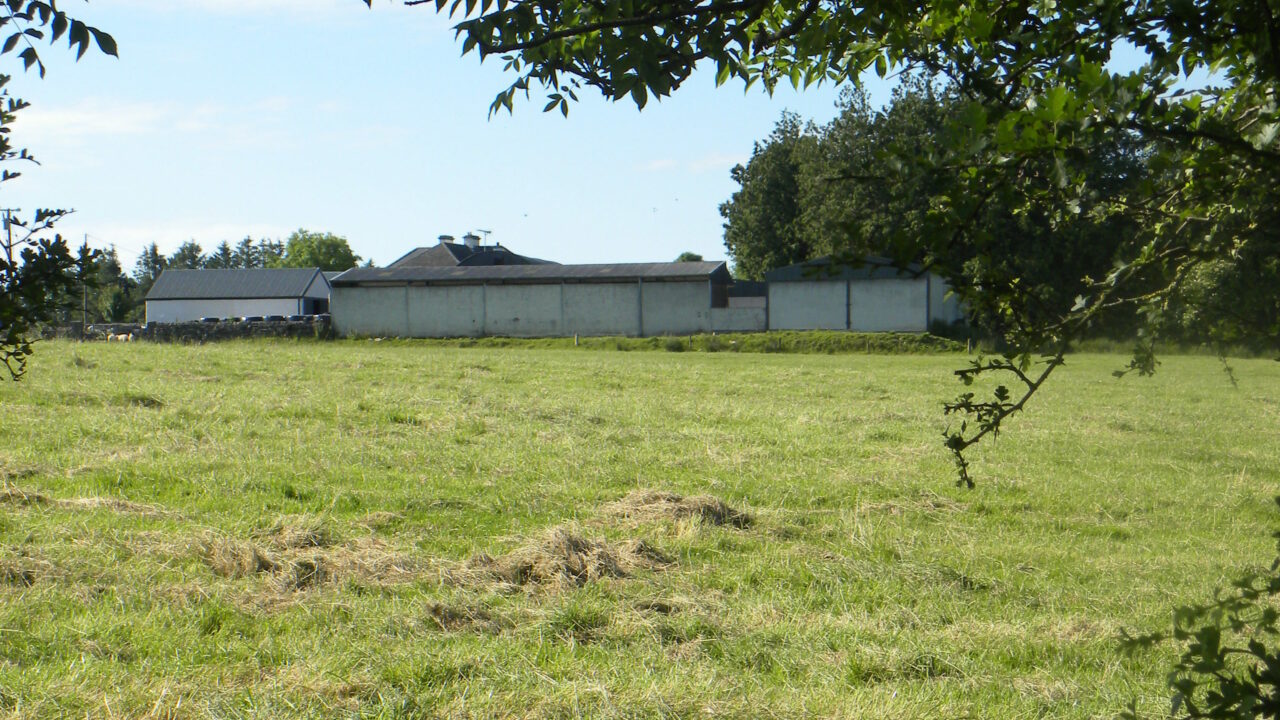Data collection for the EU Agricultural census 2020 will commence in Ireland in June of this year, and will continue until June 2021.
The census, which is carried out every 10 years, will collect, process and publish the data it collects on farming in each members state. The census uses several methods, including interviews with farmers.
Some 10.5 million farmers across the EU are expected to be involved in the process.
Member states will establish teams of supervisors and enumerators to conduct the Agricultural Census, typically overseen by a combination of civil servants.
These officials will collect the data through farm registers, administrative sources and surveys, among other methods.
For the surveys, enumerators will contact farmers over the internet, by telephone, by letter or through face-to-face questioning.
It is hoped that the overall cost of the survey and the burden on farmers will be reduced through an increased reliance on administrative sources for information.
The census will collect data on some 300 different ‘variables’, covering the following areas:
- General characteristics of the farm and the farmer;
- Land;
- Livestock;
- Labour force;
- Animal housing and manure management;
- Rural development support measures.
This coming census has a new format compared to previous censuses. This time, there will be a ‘core’ data set, comprising information from all farms, and separately, several modules from representative samples of farms.
Eurostat – the European Commission body responsible for statistical information – will begin publishing the results of the survey in the second half of 2022.
It is hoped that the data from the census will: provide monitoring and evaluation of the Common Agriculture Policy (CAP); identify and answer a “wide-range” of structural issues; and track agri-environmental indicators.
